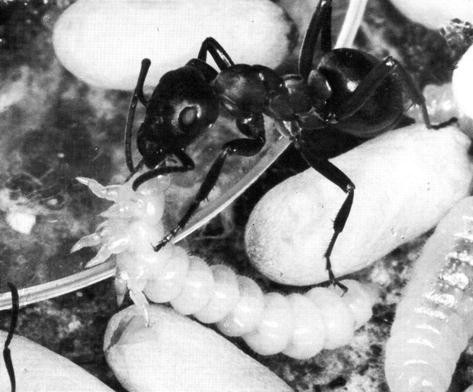
The fable is found in a large number of mediaeval Latin sources and also figures as a moral ballade among the poems of Eustache Deschamps under the title of La fourmi et le céraseron. A variant fable, separately numbered 112 in the Perry Index, features a dung beetle as the improvident insect which finds that the winter rains wash away the dung on which it feeds. The fable's Greek original cicada is kept in the Latin and Romance translations. Versions of the fable are found in the verse collections of Babrius (140) and Avianus (34), and in several prose collections including those attributed to Syntipas and Aphthonius of Antioch. However, the ant rebukes its idleness and tells it to dance the winter away now. When that season arrives, the grasshopper finds itself dying of hunger and begs the ant for food. The fable concerns a grasshopper (in the original, a cicada) that has spent the summer singing while the ant (or ants in some versions) worked to store up food for winter. Argument over the fable's ambivalent meaning has generally been conducted through adaptation or reinterpretation of the fable in literature, arts, and music.

Since the 18th century the grasshopper has been seen as the type of the artist and the question of the place of culture in society has also been included. Jean de la Fontaine's delicately ironic retelling in French later widened the debate to cover the themes of compassion and charity.

Įven in Classical times, however, the advice was mistrusted by some and an alternative story represented the ant's industry as mean and self-serving. The situation sums up moral lessons about the virtues of hard work and planning for the future. The fable describes how a hungry grasshopper begs for food from an ant when winter comes and is refused. The Ant and the Grasshopper, alternatively titled The Grasshopper and the Ant (or Ants), is one of Aesop's Fables, numbered 373 in the Perry Index. Coloured print of La Fontaine's fable by Jean-Baptiste Oudry


 0 kommentar(er)
0 kommentar(er)
